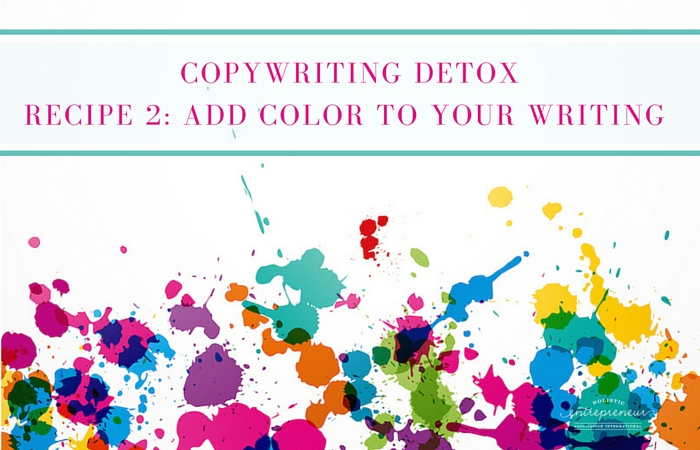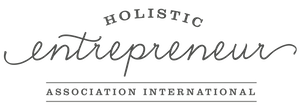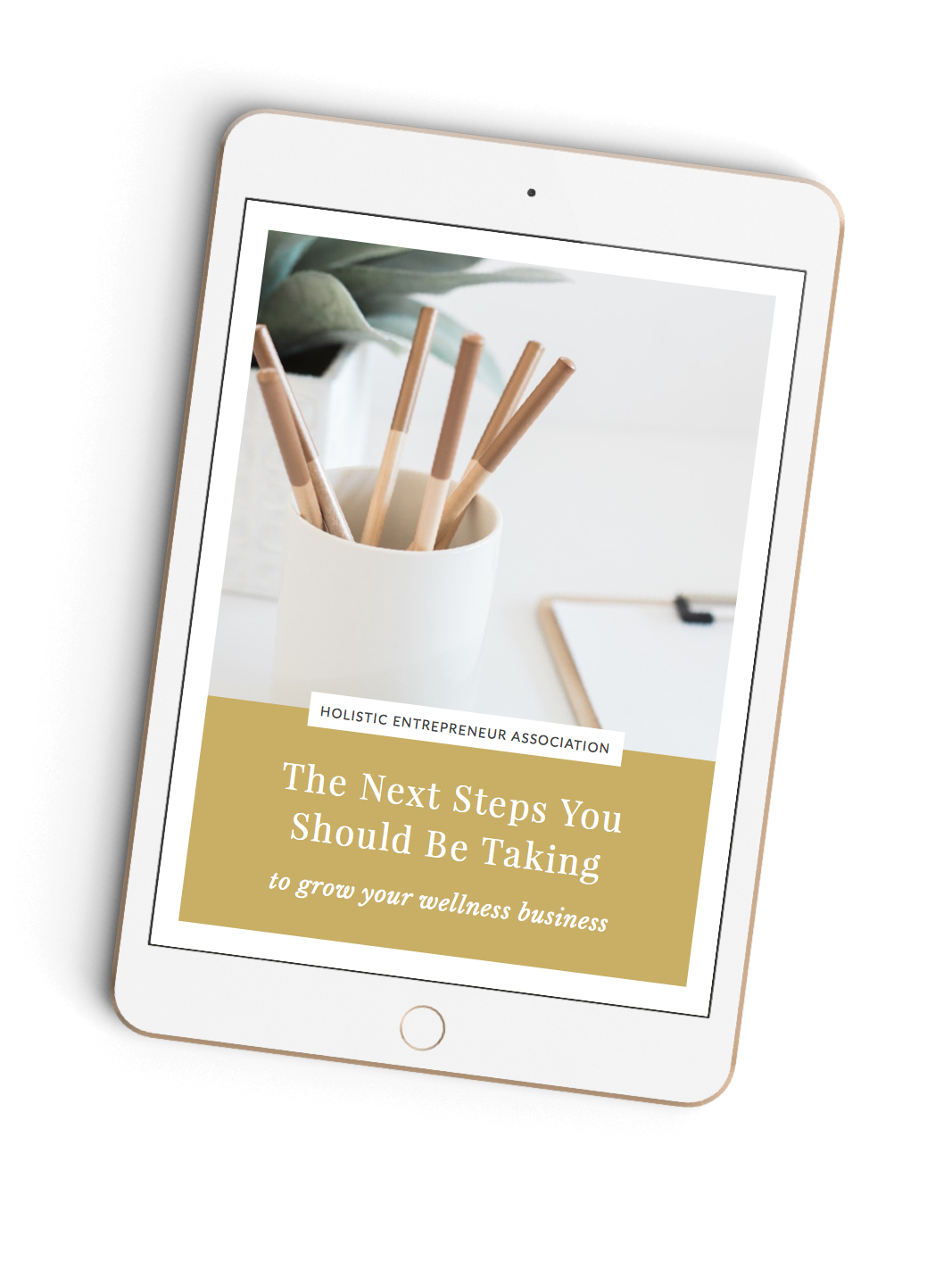 By Caria Watt, Copywriter for Websites & Digital Marketing
By Caria Watt, Copywriter for Websites & Digital Marketing
Creativity is talked about, coveted and mocked. Ask a dozen writers how they tap into their creativity and the chances are you’ll hear very different answers. That’s because creativity doesn’t start with a quixotic muse, a singular gene, or some defining moment of clarity. It starts with process.
Now as an entrepreneur and communications specialist, it’s my job to shepherd and nurture my team’s creativity (as well as my own) on a daily basis, if I’m to do my job with any degree of success.
So I’ve been thinking a lot lately about how I might implement a clear, digestible framework for creativity that speaks to entrepreneurs, designers, technologists, and strategists alike. When correctly implemented, this process serves as a key to unlocking the creative genius within.
Care to give it a try?
HOW THE BRAIN processes CREATIVITY.
To address any problem, a scientific observation is a great starting point. In this case it’s the brain, and how it’s wired to process creativity.
People are left-brainers and some work from the right. Now while many regard creatives to fall into the left cap. But true creativity – in its purest form– combines forces from both of the brain’s hemispheres.
This doesn’t mean that history’s greatest thinkers were gifted with specially wired brains. Or that the most brilliant possess a unique set of mental capabilities, inaccessible to the rest of us.
In fact, according to Dr. R. Keith Sawyer, associate professor of education and of psychology at Washington University in St. Louis, “No one is born highly creative.”
IT’S not MAGIC.
In Cut the Sweet Feature we understand that being a creative writer takes practice and education.
“Psychologists studying creativity have discovered that it is based on cognitive processes we all share. Creativity is not the result of some magic brain region that some people have and others don’t.”
People who primarily use one half of their brain are by no means more capable of creativity than individuals who use the other. In other words, creativity isn’t limited to left-leaning designers, artists, and architects alone. Ideas and inspiration can come from everyone, regardless of their background.
THERE’S A CREATIVE GENIUS WITHIN each of US.
Okay, so we understand that creativity isn’t some inborn gift or special ability reserved for the artistically inclined – that buried underneath the countless routines and to-do lists, sits a creative genius within each of us. Let’s use this hidden virtuoso for everyday problem solving.
Whether looking for creative solutions to personal or professional challenges, all that’s needed is a methodical framework. Follow these steps and you’ll find creativity is achieved in just about any context.
01. Light: define the problem
Start by defining the problem at hand. Keep reframing it until it’s clear to you. The path to resolution is rooted in research and user-validation.
I try to solve the problem with a combination of cultural and behavioural insights that put my ideas at the centre of the needs and wants of the user. This requires a keen eye, patience, and repetition. Remember, many of the greatest writers to date were born through observation and iteration.
02. Saturation: getting in the mindset
Immerse yourself in whatever information is available, then dig deeper for more. This exploratory phase, while dull and not at all sexy, is entirely necessary. Not every turn reveals novel, flashy ideas. It’s important to flood your theories with information in order for one to become colourful.
03. Cultivation: letting it all sink in
You’ve done your research. Now let it all marinate. Some call this “processing”, as you’re essentially putting your brain on the shelf and stepping away. By turning off your mind this way, you’re allowing the information to set in and that subsequent spark of creativity the necessary room to ignite.
04. Illumination: the notable ‘aha!’ moment
The “Aha!” moment hits when we least expect it. Whether in the shower or in line at the grocery store, it’s the unforeseen moment during which that thousand WaTT light bulb suddenly turns on and the solution seems vibrant.
05. Verification: remove any bias
Once you’ve hooked that brilliant idea, it’s time to reel it in and conduct a close-up examination. How might the concept be flawed? In what areas could it serve to be improved?
Many look to sidestep this stage when prototyping an idea, whether due to personal bias (we’re all guilty of being blinded at times by what we think are our own “perfect” notions) or fear of finding defects. But look at it this way; if you get it right in the first go ‘round, chances are you’re sitting on a broken or, in some way, incomplete idea.
AIM to FAIL.
Failure is the foundation to success. Learn to embrace and celebrate failure, and you’ll forever transform your understanding of the creative process.
The fundamental component to any creative practice is about firing off ideas, regardless of size or feasibility, and prototyping a few at a time. When those don’t work, go back to the drawing board and write out some new approaches.
Use this framework or build your own. After all, even creating processes can be fun. All you need is a systematic approach to ideation and invention. That, paired with one serious work ethic, is the key to creativity.
Let’s be social… Here’s a Tweetable:
Read More: www.cariawatt.com
About the Author
I’m Caria Watt. I write compelling copy for websites and digital marketing. Great copywriter. Fast turnaround.





